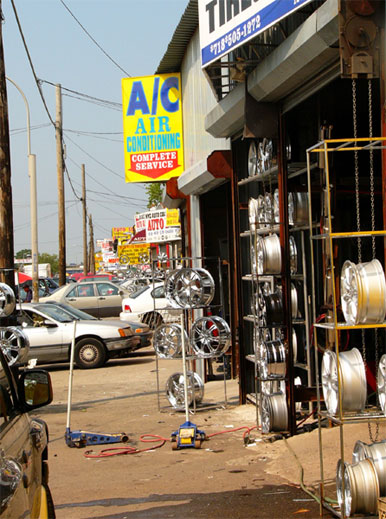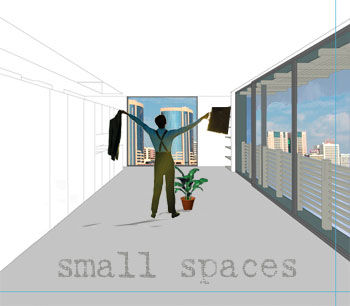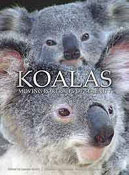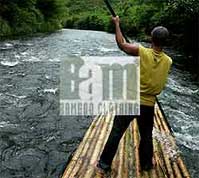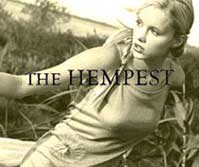Planning for disaster
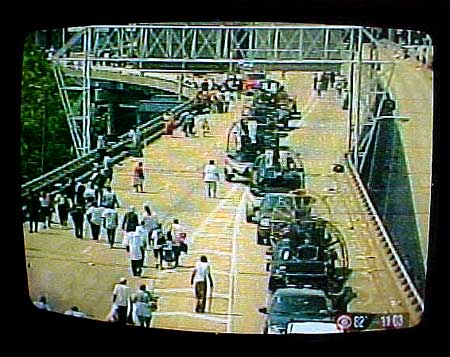
In the light of this weeks disaster along our gulf coast, Greener Mag has compiled a list of survival tips and gear with some easy, inexpensive home preparedness recommendations that we can all follow. Whether you're an apartment dweller, home owner, on vacation or at work, using this simple green guide may save your life.
We've broken our list into two parts, consumables and tools. The first, consumables are those items that are depleted over time: food, water, medical supplies, energy sources and to a lesser degree clothing and linens.
The second list, tools, consists simply of the artifacts that we use to recreate the items needed to replenish the first list. Once you have the cycle of consumption and replenishment working you will be reasonably able to exist safely for a indefinite period of time. Over short periods this list consists of a suppressions small number of items.
Consumables:
Water for drinking, otherwise known as potable water. There is standard advisory to fill bathtubs and containers prior to a disaster and while this is good advice it often is not practical if you must evacuate. The trouble with bottled water is that it cannot be purchased months in advance and stored, it will develop a dangerous bacterial level after just a few short weeks on the shelf.
We recommend: Water Packets, aseptic packages of water with a five year shelf life. Plan on 3 gallons per person per day for drinking.
Food, second only to water, requires a level of pre-planning not often convenient at the last minute. The usual advise is to stockpile canned goods, meat, vegetables etc, nothing frozen of course. The problem with most canned goods is that they are heavy should you need to transport them any distance. The canning process is safe enough but water content adds greatly to the weight. Also, it's not recommended that you drink the canning liquid, it is either too salty of too sweet, both of which increase thirst and you end up using your fresh water more quickly.
We recommend: Dehydrated, high calorie meals packaged in foil. Similar to MREs, the field rations our troops use, but you don't need to go on line and order expensive civilian versions, they're already on the shelves of your local grocery store.
As you shop keep a rotation going by purchasing enough of your favorite dehydrated or prepared dry foods to last your family for ten days. Then, roughly every 60 days, replace it and cycle the first batch into your daily use pantry as part of your meal plans over the next two months. In this way all your emergency 10 day rations are never older than 60 days which is well within the recommended shelf life. The previous supply is used in the course of normal consumption all with in 120 days, still safe and nutritious. Requires a little book keeping organization but hey, its better than living on canned tuna for a week.
Don't forget to pack a ten day supply of pet food for each of your pals.
Medicine, our third consumable is perhaps the easiest and at one and the same time, the most difficult . Standard items include aspirin, tincture of iodine (most effective for killing infections before they can take hold) a good first aid kit, neutral pH eye wash, spf 60 sunblock, lip balm (we include these under medicinal because they are preventive) aloe lotion.
Prescription medicines are critical and present the most difficult aspect of pre planned emergency preparedness. Only your doctor can advise you with regard to specific meds and the advisability of using them after their expiration date. If you are medicine dependent for any variety of health issues it is recommended that you consult with your physician. Ask your Dr.,"what if" and make preparations accordingly.
Energy sources, batteries, fuel and ignition devices. You may safely store light weight energy sources by several methods however there is some risk attached to their transport should you have to evacuate. Your vehicle's gas tank is the most portable container however the fuel must be handled with extreme caution and, should your vehicle not survive the trip, well! The second most readily available source of energy is gas under pressure which can present a considerable hazard during evacuation, most jurisdictions prohibit the transport of tanked natural gas or propane during evacuation events.
We recommend: Batteries and matches. You can do two things with batteries and matches that you can't do independently with any other source of energy: make cold light and hot fire.
Chemical batteries come in a bewildering array of innovative options, for the most part they are safe and present a good shelf life, just rotate your stock as required. Please be sure however to recycle them when they are depleted.
Matches! Just keep 'em dry.
Clothing and linens: This is pretty much a personal call but...
We recommend: Why not. You have plenty of dry linen and fresh clothing just taking up room in your closets day to day so why not set aside a fresh kit or two for each member of the household. Have large, water sealable plastic bags ready, just grab, stuff and go, gives the kids something to do while you parents pack the car.



10:58 PM




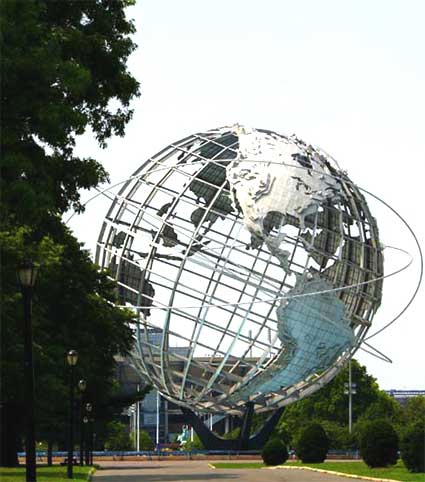
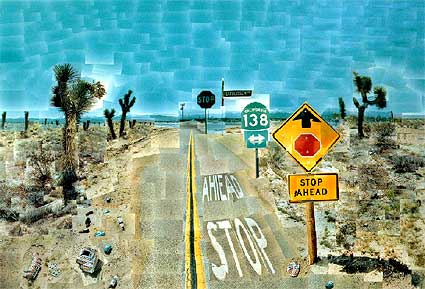
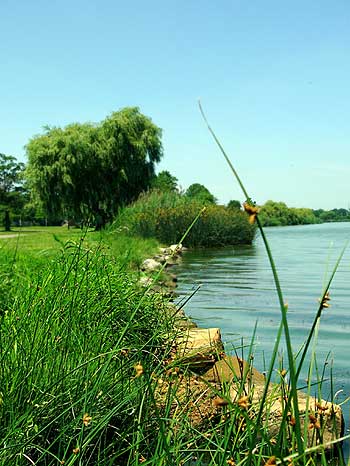 This grassy patch scarcely registers as anything more than roadside greenery to drivers exiting the Grand Central Parkway. If New York City's
This grassy patch scarcely registers as anything more than roadside greenery to drivers exiting the Grand Central Parkway. If New York City's 